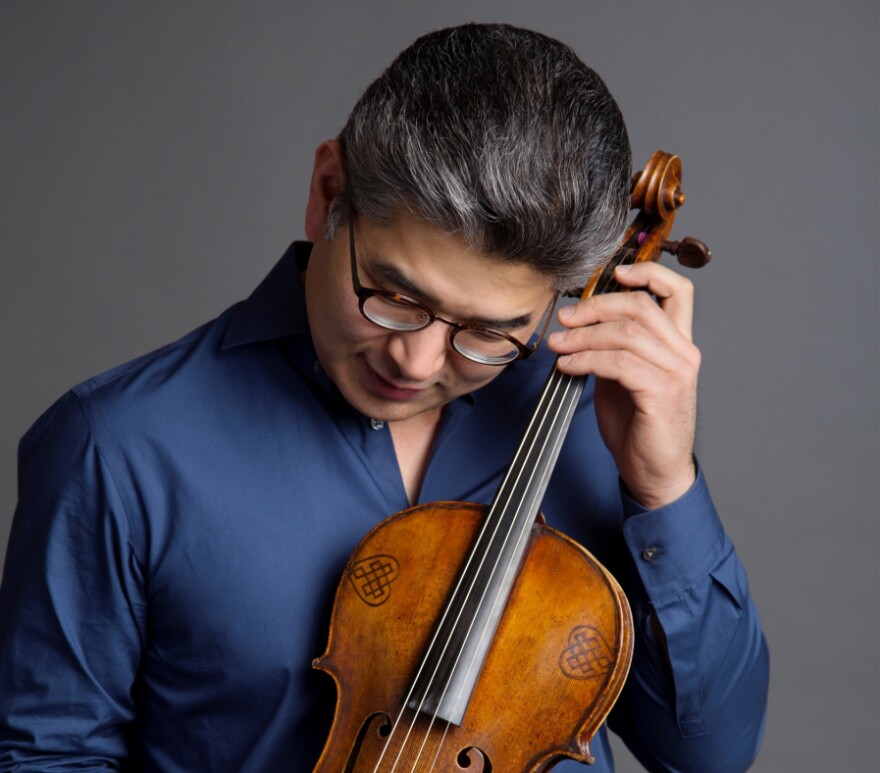Early works for solo viola were often written for violinists, who also happened to play viola. Today, that music, such as Berlioz's Harold in Italy, puts violists in the spotlight. Philadelphia Orchestra Principal Violist Choong-Jin (C.J.) Chang spoke with WRTI's Susan Lewis about how he's drawn to the instrument.
Listen to C.J. Chang and the Philadelphia Orchestra perform Berlioz’s Harold in Italy on Sunday, June 20th, at 1 PM on WRTI 90.1. and Monday June 21st at 7 PM on WRTI HD-2,
In 1934, Berlioz wrote Harold in Italy at the request of the famous violinist Paganini. Today, the solo part is played by violists such as Philadelphia Orchestra Principal Viola C.J. Chang, who fell in love with the instrument as a student at Curtis. "It was chemistry for me," he says. "I played the violin for a long time, and when I picked up the viola, I was so happy. I just love the tone."
Slightly larger or bigger than a violin, the viola’s musical range starts at "c." Chang demonstrates, and explains. "This 'c' is one octave higher than the cello 'c. ' And it can go as high as you want actually. But actually, we leave that up to the violinists," he says, laughing.
The viola is the voice of the title character in Harold in Italy—an impressionistic story of a journey in the Italian mountains. "The viola has that special tone. And this theme," says Chang, "showcases that tone."
Judging it to be a more orchestral than solo vehicle for the viola, Paganini declined to play the premiere—but later publicly praised the work, paying Berlioz 20,000 francs. Other composers writing solos for viola include Bartok, Walton, and Hindemith.


